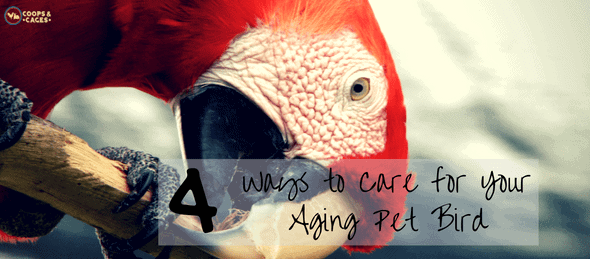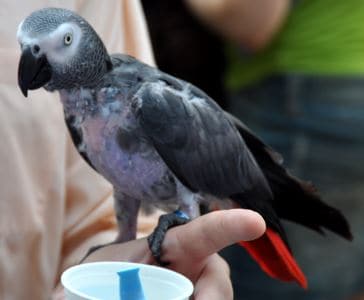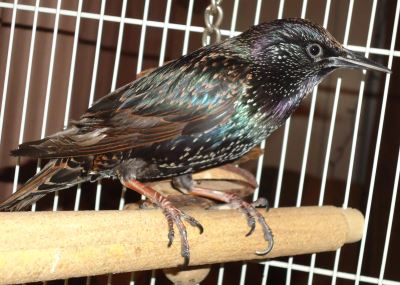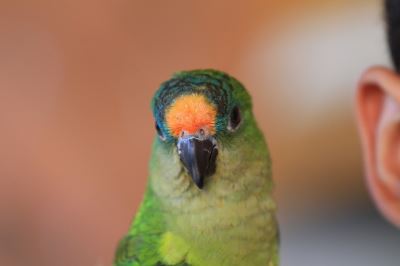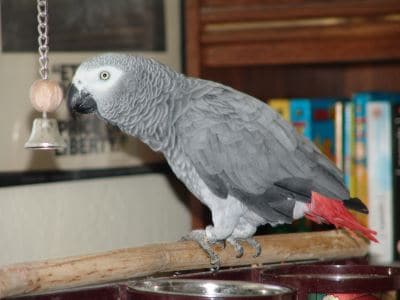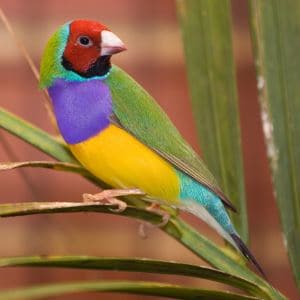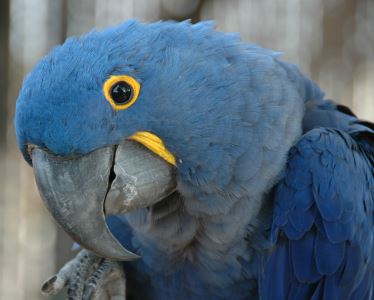Birds
4 Ways to Care for Your Aging Pet Bird
If there is anything constant in this world, it is ‘change’. Over time, we, including the things and beings around us, embrace change we may or may not like. Our physical appearances vary. The trees grow taller. Places become developed. But whether we like it or not, we have to accept everything that is happening because they make life even more meaningful and beautiful.
So what does this all mean for our pet birds? What’s the connection between ‘change’ and our winged-pals?
Obviously, with every change, time passes, or perhaps vice versa. Either way, the point is that with every tick of the clock, a lot of things may happen. Your pet bird might no longer be capable of taking flight. He might not be able to see things in a bird’s eye view. But as the owner, you must not think of the situation wrong. Even though they age, you can still help them enjoy life by caring for them the right way. How? Here are some tips.
1. Keep track of his weight.
At first look, you may think your pet is doing fine. His feathers are healthy. He flies up so high. He even eats very well. Yet despite all those normal acts, you don’t know what issues he might be experiencing deep within.
A mature bird is prone to obesity or weight loss. For that reason, his weight must be closely monitored all the time. At some point in their lives, his metabolism also slows down, which means his caloric needs should be assessed carefully.
In a world overrun by humans, nutrition plays a very vital role. The same goes for birds. So if you are uncertain about what to feed your pet bird, it is best that you seek advice from experts.
Bonus Tip. If you wish to see birds in your yard all-year round, check out the awesome eBook we have below. It’s free, so you might want to grab one today!
2. Observe proper beak and nail grooming.
Like cats and dogs, mature birds need to be groomed. Some of them could easily suffer complications when not attended to. For instance, when beaks and nails overgrow, malnutrition and hepatic problems may arise.
Because of that, experts suggest frequent grooming of the nails and providing perches of varying textures to allow birds to find comfort themselves. And since thinning of the skin of the feet and depigmentation is common among aging parrots, it is advised to set up cages and perches according to your pet’s needs.
3. Have him brought to the vet for wellness screening.
Many senior birds are suffering from malnutrition, which may lead to renal failure. However, it is difficult to determine underlying issues, unless x-rays, urinalysis, and blood chemistry tests are performed.
To check their vision, a complete eye exam has to be done. This includes screening for corneal diseases, iris colour change, cataracts, and uveitis.
4. Check the bird cage and the environment.
In order to promote movement and activity, you must make necessary modifications in an aging pet bird’s environment.
First, you have to check whether the surrounding is free from stress and cold drafts. If possible, it must be slightly warmer. To encourage exercise, you can install rope perches. If the condition of your bird’s beak is deteriorating, make sure to cover the soft woods of the bird cage.
In addition, you also have to re-arrange other items in the cage. Since aging birds prefer climbing than flying, make sure the toys and other items are easily accessible.
At the end of the day, the health of your aging pet bird depends on you. Thus, it is best that you take him to the vet annually for a thorough physical check and preventive health measures.
Image Source: [1] [2] [3] [4] [5] [6] [7]



